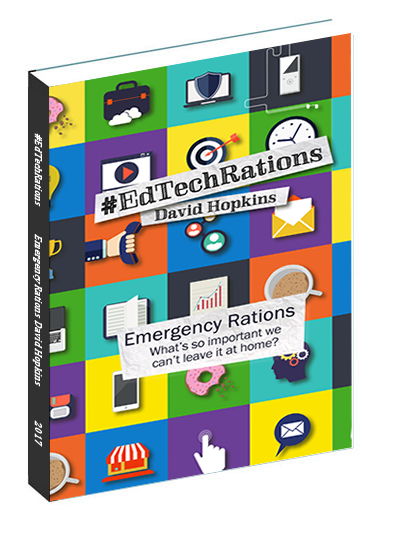Turnitin: 10 types of unoriginal work #turnitin #edtech
How about this infographic from Turnitin to start the week? From a survey of nearly 900 educators (Plagiarism Today) Turnitin are trying to “understand what kinds of plagiarism were the most common in academia and, equally importantly, which were viewed as being the most problematic”.
The results showed, once classified, that the type of plagiarism can be identified as one of the following:
- Clone: Verbatim copying without additions/subtractions.
- CTRL+C: Largely verbatim copying from a single source with minor changes.
- Find-Replace: Verbatim copying with key words/phrases changed, often automatically.
- Remix: Paraphrasing content so that it flows seamlessly with other work.
- Recycle: Plagiarizing from older works of your own (self plagiarism).
- Hybrid: Combining correctly cited material with non-cited material in the same passage.
- Mashup: A mix of copied and original content from various sources without attribution.
- 404 Error: Including citations that do not exist or are inaccurate.
- Aggregator: Properly cited material that contains little original content.
- Re-Tweet: Includes proper citation but uses too much of the original wording, content that should have been quoted but was paraphrased.
The interesting points for me are the frequency results, with the ‘clone’ (direct copy, word for word) and the ‘mashup’ (mixed copies, multiple sources) coming out as the most frequent offences, whilst the clone and Ctrl-C (which are basically the same?) as the most problematic or cause the most concern – but the ‘re-tweet’ and ‘remix’ as the least problematic.
The article linked to above (click the image) has a good summary of the categories as well as the full infographic. The survey also concludes with the advice that students should be included and encouraged to review their Institution’s plagiarism policy, with the following recommendations;
- Inform: “Share the plagiarism spectrum with the students and use it as a guide to inform them of the ways in which plagiarism can take form.”
- Intent: “The plagiarism spectrum emphasises the range of intent behind the student plagiarism. use the spectrum to guide decisions about appropriate responses to plagiarism.”
- Originality Checking: “Give students access to their Originality Reports so that they can see how they may have inappropriately used or referenced source material.”



















4 thoughts on “Turnitin: 10 types of unoriginal work #turnitin #edtech”
Comments are closed.